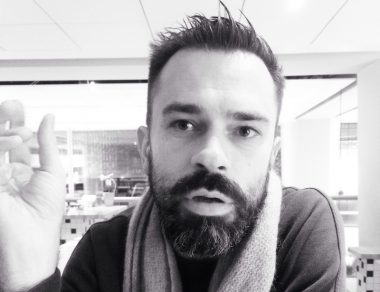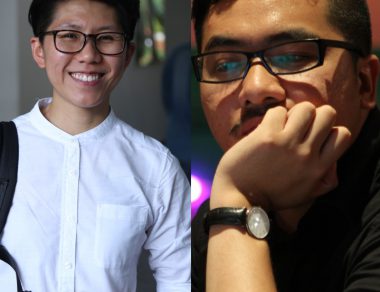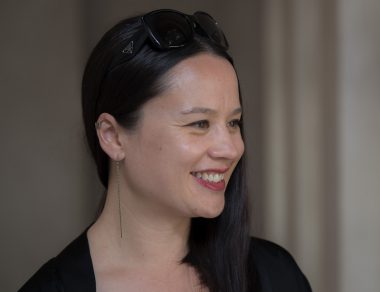Eileen Legaspi Ramirez
Making Peace with the Baggage of History: Negotiating Between Curatorial Leverage and Reckoning with Readings of the Past
This paper is underpinned by a suspicion that the curatorial recoil from history is both defensive and tactical to some extent. In refusing to be pinned down to static narratives and essentialisms and instead insinuating the worth of yet unfolding stories—what could be seen as possibly inchoate but avowedly presentist scripts— a degree of a historicity is presumed to make discursive room for the understudied or ignored. Curators of contemporary Asian art have adopted such variant strategies— calling on a range of tropicalities, crafting tenuous fictions and purported equivalences in thinking regionally, thinking geographically, thinking postcolonially, thinking alter-modernities, thinking transnationally, and thinking intra-regionally.
The presentation takes inspiration from Nora Taylor’s Art without History (2011) and Joan Kee’s essay A Call for a Normalized Art History (2004), these texts variably indicting the glossing over of productive subtleties and the superficiality triggered by thematic pigeonholing.
Kee specifically makes an emphatic call to step away from the “abnormal ways in which contemporary art history is taught’ as she makes a compelling case for the misalignments engendered by mindlessly pairing Jackson Pollock with Kazuo Shiraga and thus failing to address the ‘need for accountability to the work.”
The fact that both references are between 8-15 years old by this time should give us pause, and this precisely because such writing still speak to what otherwise should already be dismissed as irrelevant. One finds, on the contrary, that what still abounds is appalling art reportage about Asia not having any contemporary art history before the 90s or 00s propping up unapologetic premises about the linear and evolutionary (i.e. retrograde nature of artistic development in these parts).
To be fair, I would wager that a rekindled interest in art history of variably renegade streams has since bristled to the surface— where curatorial and scholarly tracks have tried to veer away from merely casting their lot wholly with either academe or exhibition histories to render the past as if these spheres were entirely worlds apart. More and more, I sense that a steady core of curators have begun to insist on logics that aren’t built on former orthodoxies—the range could be seen running along such strains as war-born/domestic trauma and feminism, art in community contexts, activism, conceptualism, equatorial affinities as in the case of Jogjakarta, such history of histories as the undertakings issuing out of Gwangju, as well as locally nuanced narratives that pay keener attention to internal dynamics emanating from multiple art cores within countries, or between homegrown practice and the diasporic. The pitch then is not to totally abide nor do without historicization, but in cultivating more thematic and discursive approaches that play up non-singularities both of history and practices which draw strength from mobilities enabled by reflexive and itinerant impulses.

Her international engagements include serving as member of the Southeast of Now Editorial Collective (NUS Press), Advisory Board member of Asia Art Archive, and Steering Committee member of Another Roadmap School. She is the associate editor of the Visual Arts volume of the revised Cultural Center of the Philippines Encyclopedia of Philippine Art and has served as curatorial consultant of Lopez Museum and as President of the non-profit art organization Pananaw ng Sining Bayan.
REFERENCES
[Editorials]
[Articles]
- Immigration
- EILEEN LEGASPI-RAMIREZ ON WHAT IT MEANS TO CURATE “ASIA” FROM AN AMERICAN PERSPECTIVE?
- Imagining Utopia: figuring an Asian Neighbourhood
- Parts and (W)holes
- Art on the Back Burner: Gender as the Elephant in the Room of Southeast Asian Art Histories
- Art and the community in the Philippines: Conversation between Sarena Abdullah and Eileen Legaspi-Ramirez: Legaspi-Ramirez
- Inside Out: Critical Perspectives in a Skewed Artworld
- Epitaph to a Stillborn Philippine Biennale, from Pananaw Philippine Journal of Visual Arts Vol 8
[Videos]









